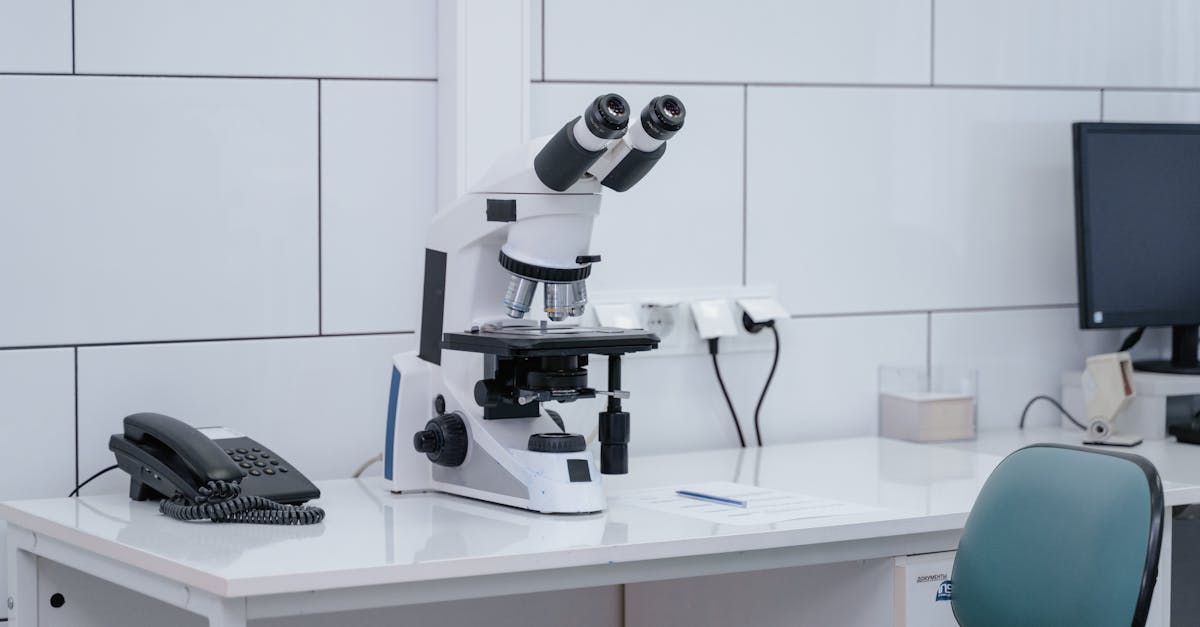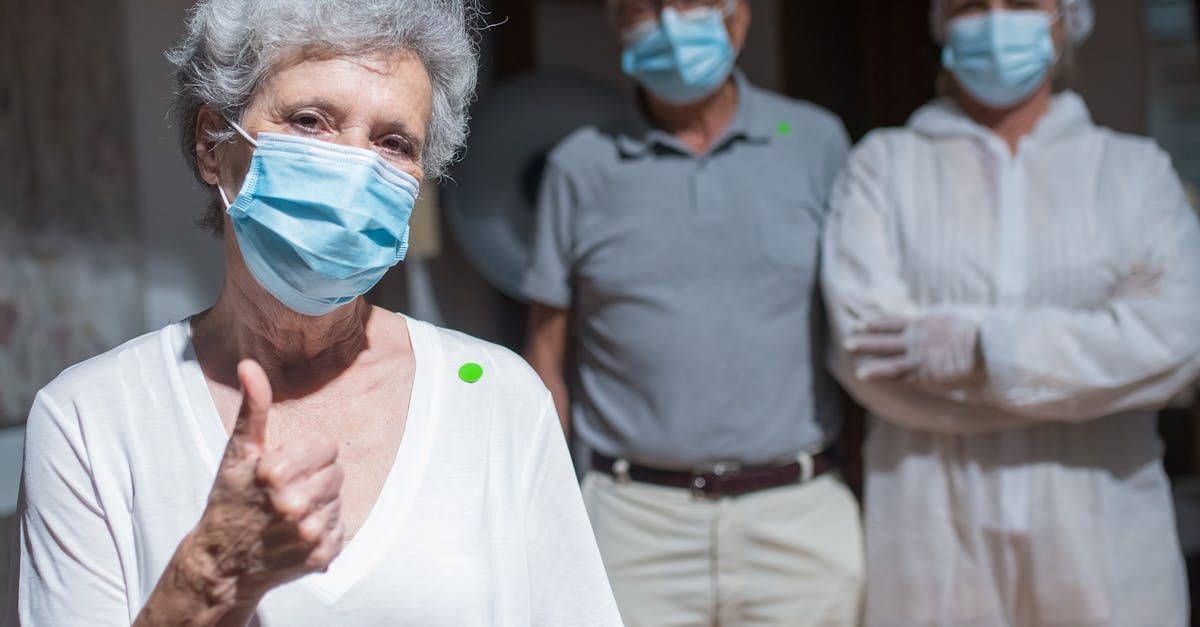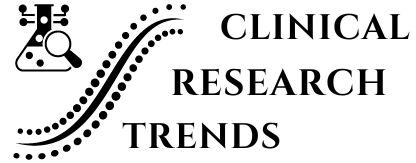The Use of Real-World Data in Clinical Research
In the rapidly evolving landscape of healthcare, the integration of real-world data (RWD) into clinical research has emerged as a transformative force. This shift is redefining how we understand, develop, and implement medical treatments. Traditionally, clinical trials have been the gold standard for evaluating the efficacy and safety of new therapies. However, they are often limited by strict protocols, controlled environments, and selected patient populations that may not fully represent real-world settings. This is where RWD comes into play, offering a wealth of information derived from everyday healthcare experiences.
Real-world data encompasses a wide array of data types and sources, including electronic health records (EHRs), patient registries, data from wearable devices and mobile health apps, and even insights gleaned from social media and patient-generated content. These diverse sources provide a more comprehensive picture of patient experiences and outcomes, allowing researchers to explore questions and generate insights that are more aligned with the complexities of real-life clinical practice.
The purpose of this blog is to explore the various facets of RWD in clinical research. We will delve into the sources of RWD, the benefits it brings to clinical research and patient care, the challenges associated with its use, and the technological solutions that are enabling its integration. Through case studies and examples, we will illustrate the impact of RWD on research outcomes and patient care. Finally, we will look ahead to the future, considering emerging trends and the role of advanced technologies like artificial intelligence (AI) and big data in shaping the future of clinical research.
Sources of Real-World Data
Real-world data can be sourced from various channels, each offering unique insights into patient health and treatment outcomes. The integration of these sources provides a richer, more nuanced understanding of patient experiences.
Electronic Health Records (EHRs)
EHRs are digital versions of patients' medical histories, maintained by healthcare providers over time. They contain a wealth of information, including patient demographics, diagnoses, medications, treatment plans, immunization dates, and test results. EHRs are invaluable in clinical research as they offer a comprehensive view of patient health over time, including how patients respond to treatments in real-world settings. This data can help identify trends, predict outcomes, and even uncover previously unknown side effects of treatments.
Patient Registries
Patient registries are databases that collect information about individuals with specific diseases or conditions. These registries can be disease-specific, patient-reported, or condition-specific and often include data on patient demographics, disease progression, treatments, and outcomes. Patient registries are particularly useful for studying rare diseases or conditions that are not well-represented in clinical trials. They provide critical insights into long-term outcomes and the natural history of diseases, helping to fill gaps in knowledge that are often left by traditional clinical trials.
Wearable Devices and Mobile Health Apps
The advent of wearable devices and mobile health apps has revolutionized the collection of real-world data. These technologies allow for continuous monitoring of various health metrics, such as heart rate, physical activity, sleep patterns, and even glucose levels. The data collected from these devices provide a granular view of a patient's health in real time, offering insights that are not possible with periodic clinical visits alone. This continuous data collection can help identify patterns and trends that may be missed in traditional clinical settings.
Social Media and Patient-Generated Data
Social media platforms and patient forums have become valuable sources of real-world data. Patients often share their experiences with diseases and treatments, providing qualitative data that can be analyzed to understand patient perspectives, preferences, and outcomes. Additionally, patient-generated data from blogs, forums, and surveys can offer insights into patient-reported outcomes, quality of life, and the impact of treatments on daily living. This data can be particularly valuable in understanding the patient experience from a holistic perspective.
Benefits of Real-World Data
The integration of real-world data into clinical research offers several key benefits, enhancing the relevance and applicability of research findings, improving patient outcomes and care, and supporting regulatory decision-making.
Enhancing the Relevance and Applicability of Research
One of the most significant benefits of RWD is its ability to enhance the relevance and applicability of clinical research findings. Traditional clinical trials often involve highly controlled environments and selected patient populations, which may not fully represent the diversity of patients seen in everyday clinical practice. By incorporating RWD, researchers can study a broader, more diverse population, leading to findings that are more generalizable and applicable to real-world settings. This helps to bridge the gap between clinical research and clinical practice, ensuring that research findings are relevant to the patients who will ultimately benefit from new treatments.
Improving Patient Outcomes and Care
RWD can play a critical role in improving patient outcomes and care. By providing a more comprehensive view of patient health and treatment responses, RWD can help healthcare providers make more informed decisions. For example, analyzing data from EHRs can help identify patients who are at risk of poor outcomes, allowing for early interventions. Similarly, data from wearable devices can provide real-time feedback to patients and providers, enabling more proactive management of chronic conditions. Furthermore, RWD can be used to monitor the long-term safety and effectiveness of treatments, ensuring that patients receive the best possible care.
Supporting Regulatory Decision-Making
Regulatory agencies are increasingly recognizing the value of RWD in supporting decision-making processes. RWD can provide evidence of treatment effectiveness and safety in real-world settings, complementing data from traditional clinical trials. This can be particularly important for treatments that may not have been extensively studied in specific populations, such as the elderly or those with multiple comorbidities. By providing additional evidence, RWD can help regulators make more informed decisions about the approval and use of new therapies, ultimately benefiting patients.
Challenges in Using Real-World Data
While the benefits of RWD are clear, there are also significant challenges associated with its use. These challenges must be addressed to fully realize the potential of RWD in clinical research.
Data Quality and Standardization Issues
One of the primary challenges in using RWD is ensuring data quality and standardization. RWD is often collected from a variety of sources, each with its own data formats, definitions, and standards. This can lead to inconsistencies and variability in the data, making it difficult to combine and analyze data from different sources. Additionally, real-world data may be incomplete or contain errors, further complicating the analysis. Addressing these issues requires robust data governance frameworks, data cleaning processes, and standardized data formats.
Privacy and Security Concerns
The use of RWD raises significant privacy and security concerns. Patient data is sensitive and must be protected to ensure patient confidentiality and compliance with regulations such as the Health Insurance Portability and Accountability Act (HIPAA). The use of wearable devices and mobile health apps further complicates this issue, as these devices often collect and transmit data over the internet. Ensuring the privacy and security of RWD requires robust data encryption, secure data storage, and strict access controls. Additionally, patients must be informed about how their data will be used and given the opportunity to provide informed consent.
Integration with Traditional Clinical Trial Data
Integrating RWD with traditional clinical trial data is another significant challenge. Clinical trials are designed to collect data in a highly controlled and standardized manner, while RWD is often collected in more variable real-world settings. This can make it difficult to directly compare or combine data from these two sources. To address this challenge, researchers are developing new methodologies and analytical techniques that can account for the differences between RWD and clinical trial data. This includes the use of advanced statistical methods, machine learning, and other data integration techniques.
Case Studies and Examples
To illustrate the impact of RWD on clinical research and patient care, it is helpful to consider some successful examples and case studies.
Successful Examples of RWD in Clinical Research
One notable example of the successful use of RWD in clinical research is the FDA's Sentinel Initiative. This program uses data from EHRs, insurance claims, and patient registries to monitor the safety of marketed medical products. The Sentinel Initiative has been instrumental in identifying safety issues and guiding regulatory actions, demonstrating the value of RWD in post-market surveillance.
Another example is the use of RWD in oncology research. The American Society of Clinical Oncology's CancerLinQ platform collects data from EHRs of oncology patients across the United States. This data is used to improve the quality of cancer care by providing insights into treatment patterns, outcomes, and the effectiveness of different therapies.
Impact on Research Outcomes and Patient Care
The use of RWD has had a significant impact on research outcomes and patient care. For instance, RWD has been used to identify off-label uses of medications, leading to new treatment options for patients with limited alternatives. Additionally, RWD has been instrumental in identifying disparities in healthcare, such as differences in treatment outcomes based on race, gender, or socioeconomic status. By highlighting these disparities, RWD has helped to drive efforts to address them and improve the quality of care for all patients.
Lessons Learned and Best Practices
Several lessons can be learned from these successful examples of RWD in clinical research. First, it is essential to have robust data governance frameworks in place to ensure the quality, consistency, and security of the data. Second, collaboration between stakeholders, including healthcare providers, researchers, regulators, and patients, is crucial for the successful use of RWD. Finally, it is important to continuously evaluate and refine the methodologies and technologies used to collect and analyze RWD, as this field is rapidly evolving.
Technological Solutions
The integration and use of RWD in clinical research are facilitated by a range of technological solutions, including advanced analytics, platforms for data integration and sharing, and blockchain technology.
Advanced Analytics and Machine Learning
Advanced analytics and machine learning are playing a critical role in the analysis of RWD. These technologies can help identify patterns and trends in large and complex datasets, making it possible to generate new insights and predictions. For example, machine learning algorithms can be used to predict patient outcomes based on historical data, identify potential safety issues, and personalize treatment plans. The use of these technologies is enabling more sophisticated and efficient analyses of RWD, ultimately improving the quality and relevance of clinical research.
Platforms for Data Integration and Sharing
Platforms for data integration and sharing are also essential for the effective use of RWD. These platforms allow for the secure and standardized collection, storage, and sharing of data from multiple sources. This is particularly important for large-scale research projects that involve data from different healthcare providers, institutions, and countries. By facilitating data sharing and collaboration, these platforms are helping to break down silos and enable more comprehensive analyses of RWD.
Blockchain Technology for Secure Data Management
Blockchain technology is emerging as a promising solution for the secure management of RWD. Blockchain offers a decentralized and transparent way to record and verify data transactions, making it possible to track the provenance and integrity of data. This is particularly important for ensuring the security and trustworthiness of RWD, as it provides a tamper-proof record of data transactions. Additionally, blockchain can enable more efficient and secure data sharing, as it allows for the use of smart contracts to automate data access and sharing agreements.
Future Directions and Innovations
As the use of RWD continues to grow, several emerging trends and innovations are shaping the future of this field.
Emerging Trends in Real-World Data Usage
One emerging trend in the use of RWD is the growing emphasis on patient-centric data collection. This includes the use of patient-reported outcomes, patient-generated data, and data from wearable devices and mobile health apps. By putting patients at the center of data collection, researchers can gain a more comprehensive understanding of patient experiences and outcomes.
Another trend is the increasing use of RWD in regulatory decision-making. Regulatory agencies are increasingly recognizing the value of RWD in providing evidence of treatment effectiveness and safety in real-world settings. This is leading to new regulatory pathways and frameworks that incorporate RWD into the approval and post-market surveillance of medical products.
Role of Artificial Intelligence and Big Data
Artificial intelligence (AI) and big data are playing an increasingly important role in the analysis and use of RWD. AI technologies, such as machine learning and natural language processing, are enabling more sophisticated and efficient analyses of large and complex datasets. Big data technologies are making it possible to collect, store, and analyze vast amounts of RWD, providing new insights and opportunities for research. Together, these technologies are transforming the way that RWD is used in clinical research, enabling more personalized and precise treatments.
Vision for the Future of Clinical Research
Looking ahead, the future of clinical research will be increasingly data-driven, with RWD playing a central role. This will require continued investment in data infrastructure, technology, and collaboration between stakeholders. Additionally, it will be important to develop new methodologies and frameworks for the use of RWD in clinical research, ensuring that this data is used in a way that is ethical, transparent, and patient-centered.
Notable Labs and the Use of Real-World Data in Clinical Research
In the rapidly evolving healthcare landscape, Notable Labs is at the forefront of leveraging real-world data (RWD) to enhance clinical research. Traditionally, clinical trials have been the gold standard for evaluating new therapies, but they often fall short in representing the full spectrum of patient experiences in real-world settings. RWD, sourced from electronic health records (EHRs), patient registries, wearable devices, and social media, provides a more comprehensive view of patient outcomes and behaviors.
By integrating these diverse data sources, Notable Labs aims to bridge the gap between controlled clinical environments and everyday healthcare experiences. This approach not only enriches research findings but also supports more personalized patient care and informed regulatory decision-making. The company is addressing challenges such as data quality, privacy concerns, and integration with traditional clinical trial data through advanced analytics, secure data platforms, and emerging technologies like blockchain.
Notable Labs envisions a future where RWD plays a central role in accelerating medical research and improving patient care, paving the way for more effective and accessible treatments.
Conclusion
In conclusion, the use of real-world data in clinical research offers significant benefits, including enhancing the relevance and applicability of research findings, improving patient outcomes and care, and supporting regulatory decision-making. However, there are also significant challenges associated with the use of RWD, including data quality and standardization issues, privacy and security concerns, and the integration with traditional clinical trial data. By addressing these challenges and leveraging the latest technological solutions, the potential of RWD can be fully realized.
As we look to the future, it is clear that RWD will play an increasingly important role in clinical research. Researchers are encouraged to embrace RWD and explore its potential to enhance research outcomes and improve patient care. Collaboration and innovation will be key to overcoming the challenges and realizing the full potential of RWD in clinical research. By working together, we can ensure that RWD is used in a way that is ethical, transparent, and ultimately beneficial to patients.
This vision for the future of clinical research is an exciting one, and the opportunities for innovation and discovery are immense. By harnessing the power of RWD, we can accelerate the pace of medical research, bring new treatments to market more quickly, and improve the quality of care for patients around the world. The journey is just beginning, and the possibilities are endless.










